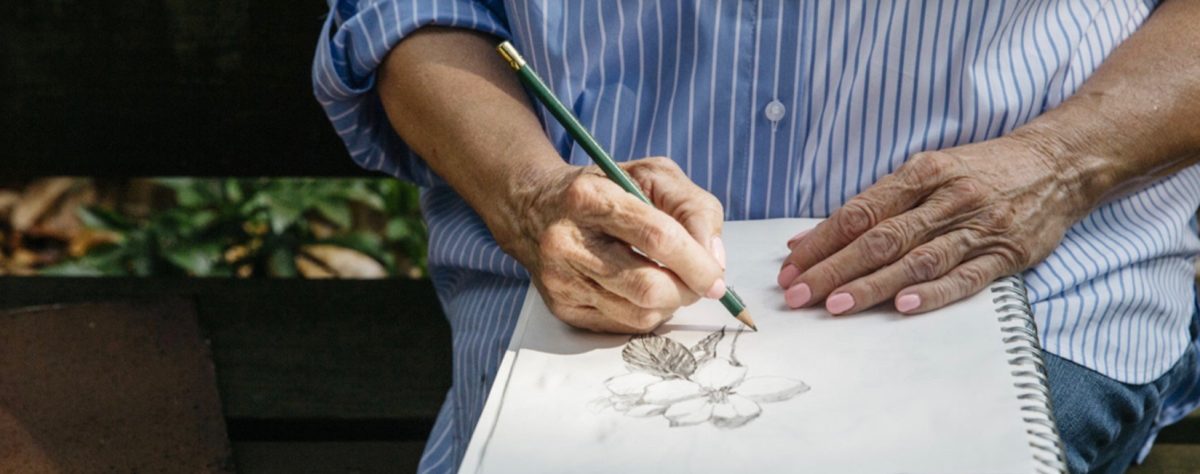 “I cannot pretend to be impartial about colors. I rejoice with the brilliant ones and am genuinely sorry for the poor browns” Winston Churchill (from Sensationalcolor.com)
“I cannot pretend to be impartial about colors. I rejoice with the brilliant ones and am genuinely sorry for the poor browns” Winston Churchill (from Sensationalcolor.com)
Warning to fans of Burnt Umber: this will not be pretty. Treatises on Burnt Umber tend to be generally polite and seldom stoop to name calling, however unflattering they may be. Occasionally, a fan may make a positive statement on the warmth of browns made with Burnt Umber. The most prolific use appears to be in under-painting. But there in lies the problem. Burnt Umber’s negative qualities can have a profound effect on an overall painting if used in the under-painting without proper precautions.
The name derives either from the Italian region of Umbria where the clay for the browns known as Raw Umber and Burnt Umber was first extracted or for the Latin word for shade, Umbra. Burnt Umber is the same pigment as Raw Umber that has been fired to achieve the darker brown. Sources describe Burnt Umber as a warm brown with reddish purple undertones. For watercolorists, burnt umber is hydroscopic and will hold water, according to Real Colorwheel, which can allow mold to set in. Yuck! Who wants a moldy painting? Well, maybe someone might but I can’t imagine why. Proper precautions with sealants will prevent this problem.
One paint maker advises oil painters that burnt umber be used in thin layers because of high oil content. Instead of moldy, the painting is now oily. Oily may be marginally better than moldy, maybe. The best overall take down of burnt umber comes from The Painter’s Log of Timothy Joseph Allen at American Artist in Rome.com. Allen’s post is titled, “Is Burnt Umber Evil? Allen spoke with pigment supplier, Kremer Pigmente and others about the problem of Burnt Umber. From Kremer he received the advisement, paraphrased by Allen, not to use burnt umbers because they “creep to the surface.” After researching the issue and discussing it with other authorities, Allen chooses not to make the final judgment that Burnt Umber is actually evil but has decided to experiment with mixing new browns anyway.
Essential Vermeer.com has a more positive description of Burnt Umber. Essential Vermeer says the pigment is derived from manganese oxide and iron hydroxide, the basic elements of clay. The website states burnt Umber became the favored paint for the creating the shadows in flesh tones by Vermeer, Rembrandt and Rubens replacing the green previously used. Nothing evil in those Masters. They evidently knew how to tame the evilness.
Burnt Umber is a rich warm dark brown. Its uses are many when armed with the necessary knowledge. Some may choose to go that route. Others may tame the oily problem for oil painters and the moldy problem for watercolorists. No word on taming the creepiness. If not interested in dealing with the mold, oil, or creepiness, just go for Van Dyke brown or mix a new brown. Or go for no brown at all.

